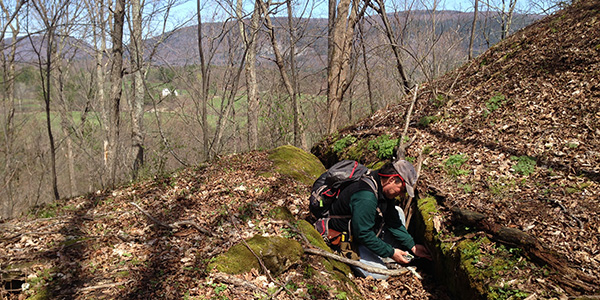PLAN - MAP - TEST - PROTECT
Groundwater is an important natural resource in Vermont. Vermonters depend on groundwater for their drinking water supply, agriculture, manufacturing and to support aquatic habitat. Groundwater quantity and quality vary with climate, precipitation, overlying land use, and the rock and soil types through which it moves.

 Statewide Groundwater Studies: Compilation and assessment of existing datasets, 2010.
Statewide Groundwater Studies: Compilation and assessment of existing datasets, 2010.
County Groundwater Resource Maps were produced at a scale of 1:100,000 based on the statewide analyses.
Town and Watershed Groundwater Projects are conducted in order to understand groundwater sustainability and quality for public and private water supplies.
We use a variety of methods for aquifer characterization. The ITRC recently published a guidance document for remediation of contaminated fractured rock sites.
Arsenic, radionuclides, nitrates and other contaminants have been studied, including PFOA using Bennington maps as a base for investigations.
Improving the Mapping of Vermont's Water-Use, 2019, Vermont Center for Geographic Information Blog Post. In 2017-2020, the VGS is upgrading well locations by county and will complete 7 counties by the end of 2019.
Water well data summary , 2007.
Water use maps for towns in Addison, Bennington and Chittenden counties (produced by Green Mountain College, 2015).
Water use (Medalie and Horn, 2010) and well interference studies (Vermont Rural Water Association, 2009).
The Future of Vermont's Drinking Water Workshops, 2017
Groundwater protection, management, regulations/rules and coordination (DWGWPD)
Digitized Vermont Well Logs (NGGDPP grant, 2022)
